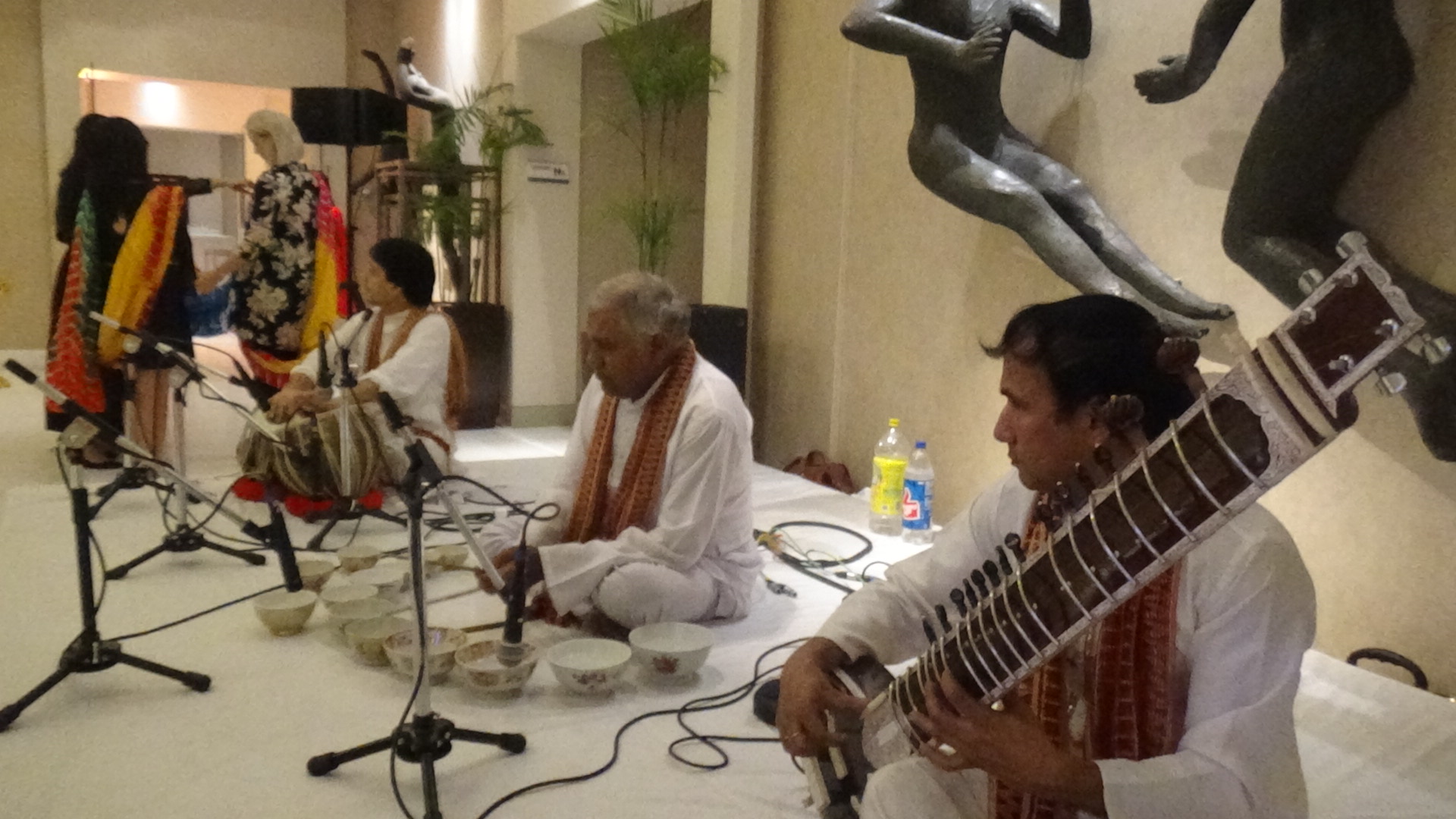\r\n Amazing Experts Management is one of the most mainstream wedding music and stimulation organizers, in case you're looking to include a dash of Indian old style marvelousness to your exceptional event, or arranging an occasion. We give the renowned Indian old style band in Delhi that consolidating the instruments most normally connected with the Indian custom, Sitar, Flute, Jaltarang, Santoor, Sarangi, Tabla, Sarod, Violin and so forth. Their mark music with its undulating tune set crosswise over stubborn throbbing hand-drum rhythms delivers a notable environment in the occasion.
\r\n\r\n
\r\n\r\n Our Indian old style band normally plays a drawing in, beguiling choice of ragas and other real customary Indian traditional and wedding music. An instructing entertainer and amazingly cultivated and flexible performers with incredible stage-nearness in combination music, Jugal bandi and semi old style Bollywood tunes, we have a wide choice of thoughts to make your wedding increasingly extraordinary.
\r\n\r\n
\r\n\r\n Amazing Experts Management gives a suggestive conventional touch wedding occasions with the exceptionally experienced artists in their picked field, and can draw on numerous long stretches of acting in an assortment of scenes to a wide scope of crowds. Our Indian old style band in Delhi is adaptable in their exhibition necessities, and can promptly play outside, assuming it doesn't rain. We bring a valid taste of traditional Indian culture to your extraordinary event with Indian Sitar Fusion.
\r\n\r\n
\r\n\r\n A sitar can have 18, 19, 20, or 21 strings. Six or seven of these are played strings which run over curved, raised frets, and the remainder are sympathetic strings (tarb, also known as taarif or tarafdaar) which run underneath the frets and resonate in sympathy with the played strings. These strings are generally used to set the mood of a raga at the very beginning of a presentation. The frets, which are known as pardÄ or thaat, are movable, allowing fine-tuning. The played strings run to tuning pegs on or near the head of the instrument, while the sympathetic strings, which are a variety of different lengths, pass through small holes in the fretboard to engage with the smaller tuning pegs that run down the instrument's neck.
\r\n\r\n The Gandhaar-pancham sitar (used by Vilayat Khan and his disciples) has six playable strings, whereas the Kharaj-pancham sitar, invented by legendary Sitar Ratna Ustad Rahimat Khan, founder of Dharwad Gharana of Sitar, later was used in the Maihar gharana, to which Ravi Shankar belonged, and other gharanas such as Bishnupur, has seven. Three of these (or four on a Ghandar-pancham sitar or "Vilayat Khan"-style, or Etawa gharana), called the chikaari, simply provide a drone; the rest are used to play the melody, though the first string (baajtaar) is most used.
\r\n\r\n The instrument has two bridges: the large bridge (badaa goraa) for the playing and drone strings and the small bridge (chota goraa) for the sympathetic strings. Its timbre results from the way the strings interact with the wide, sloping bridge. As a string reverberates its length changes slightly as its edge touches the bridge, promoting the creation of overtones and giving the sound its distinctive tone. The maintenance of this specific tone by shaping the bridge is called jawari. Many musicians rely on instrument makers to adjust this.
\r\n\r\n The bridges are fixed to the main resonating chamber, or kaddu, at the base of the instrument. Some sitars have a secondary resonator, the tumbaa, near the top of the hollow neck.
\r\n\r\n Materials used in construction include teak wood or tun wood (Cedrela toona), which is a variation of mahogany, for the neck and faceplate (tabli), and calabash gourds for the resonating chambers. The instrument's bridges are made of deer horn, ebony, or very occasionally from camel bone. Synthetic material is now common as well.
\r\n\r\n
\r\n\r\n Sitar Player Official Page Click Here
\r\n\r\n
\r\n\r\n Performance Video Click Here




